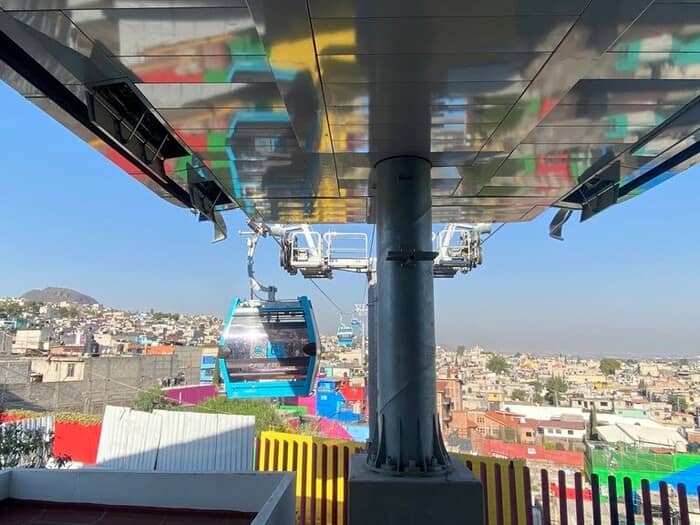Mexico City Cablebus Line 2 joins the Guinness Book of Records
Line 2 of Mexico City's Cablebus received the Guinness World Record certification as the longest public transportation route via cable car in the world and the most widely used means of transport of its kind.





